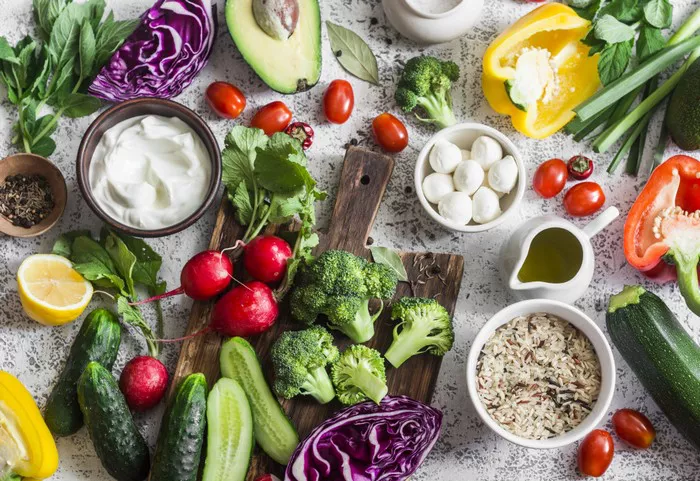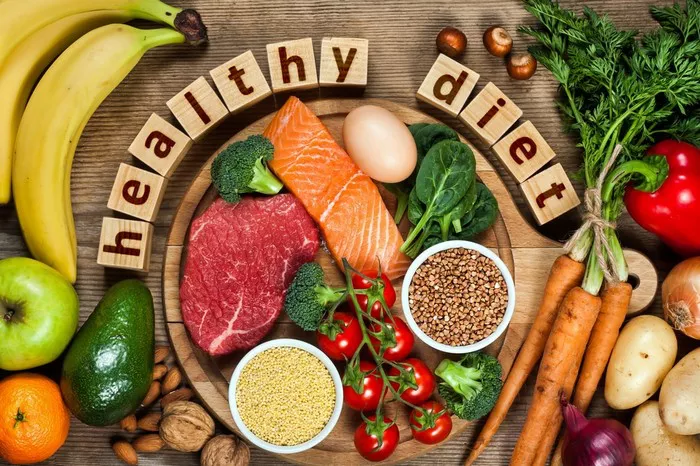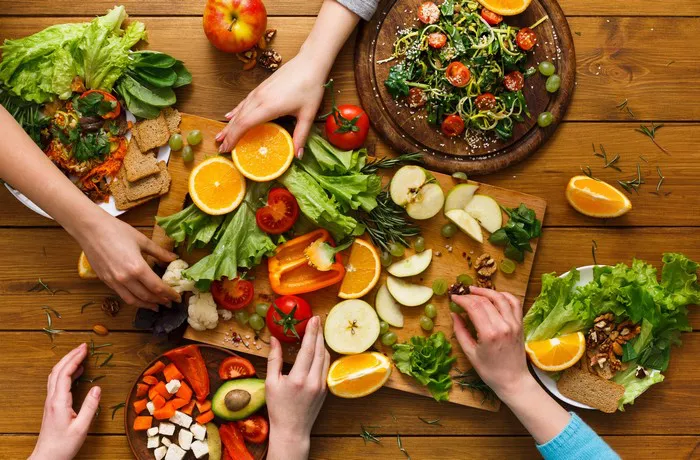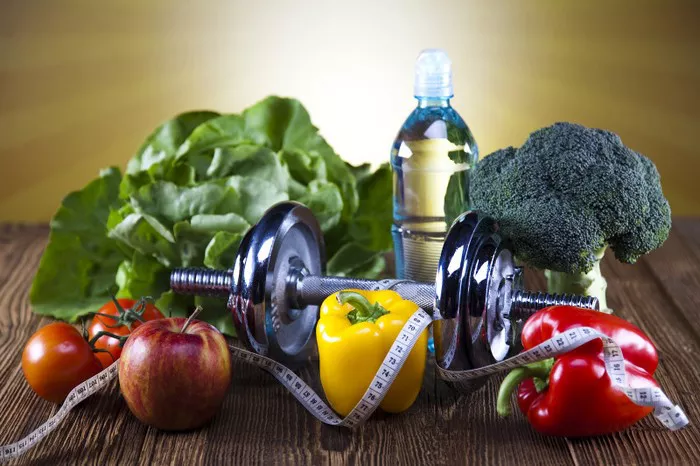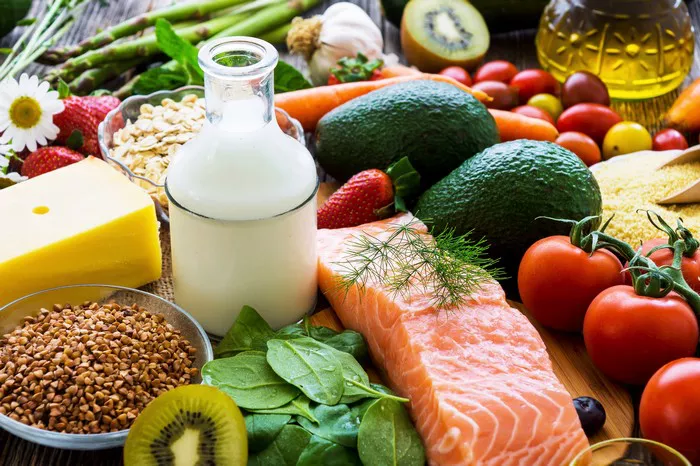In the pursuit of maintaining a healthy weight and a balanced diet, finding foods that are both filling and low in calories is a key goal for many individuals. Whether it’s for weight loss, managing portion control, or simply making nutritious choices throughout the day, understanding which foods can satisfy hunger while keeping calorie intake in check is of utmost importance. This extensive essay will explore a wide variety of filling and low-calorie foods, the reasons behind their satiating properties, how they can be incorporated into different diets, and their overall impact on health and well-being.
Lean Proteins: Building Blocks of Satiety
Chicken Breast: Skinless chicken breast is a staple in many healthy diets due to its high protein content and relatively low calorie count. A 3-ounce serving of cooked chicken breast contains about 165 calories. Protein is highly satiating as it takes longer to digest compared to carbohydrates and fats, keeping you feeling full for an extended period. Chicken breast can be grilled, baked, or sautéed and used in a variety of dishes such as salads, sandwiches, or with a side of vegetables for a balanced and filling meal.
Turkey Breast: Similar to chicken breast, turkey breast is a lean source of protein. A 3-ounce serving has approximately 125 calories. It is often a popular choice for those looking to reduce calorie intake while still getting enough protein. Turkey breast can be sliced thin and used in wraps, made into deli sandwiches, or roasted and served as a main dish with a side of low-calorie vegetables. The lean nature of the meat means it provides a lot of satiety without excessive fat or calories.
Fish: Fish like salmon, tuna, and tilapia are excellent sources of protein and healthy fats, while still being relatively low in calories. For example, a 3-ounce serving of grilled salmon has about 175 calories. The protein in fish helps with satiety, and the healthy fats, such as omega-3 fatty acids in salmon, have additional health benefits, including reducing inflammation in the body. Fish can be prepared in numerous ways, from baking to grilling, and can be paired with a variety of vegetables and whole grains to create a filling and nutritious meal.
Beans and Legumes: Beans and legumes, such as lentils, chickpeas, and black beans, are plant-based sources of protein that are also very filling and low in calories. A cup of cooked lentils has around 230 calories and is rich in fiber and protein. They can be added to soups, stews, or made into vegetarian burgers. The combination of protein and fiber in beans and legumes slows down digestion and provides a prolonged feeling of fullness, making them a great option for those looking to cut calories while still getting a satisfying meal.
Whole Grains: Complex Carbs for Satiety
Oats: Oats are a whole grain that is known for its high fiber content and ability to keep you feeling full. A cup of cooked oats has about 150 calories. They contain soluble fiber called beta-glucan, which forms a thick gel in the digestive tract, slowing down the absorption of carbohydrates and increasing satiety. Oats can be eaten as a warm breakfast cereal with berries and a little honey, or used in baking to make healthy muffins or cookies that are lower in calorie density compared to their refined counterparts.
Brown Rice: Brown rice is a healthier alternative to white rice as it retains the bran and germ layers, which are rich in fiber and nutrients. A cup of cooked brown rice has around 215 calories. The fiber in brown rice helps to slow down digestion and provides a feeling of fullness. It can be served as a side dish with proteins and vegetables or used in dishes like stir-fries or rice bowls to create a more substantial and filling meal.
Quinoa: Quinoa is a pseudo-grain that is actually a seed but is used like a grain in cooking. It is a complete protein source, meaning it contains all the essential amino acids our bodies need. A cup of cooked quinoa has about 220 calories. The combination of protein and fiber in quinoa makes it highly satiating. It can be used in salads, as a base for bowls with vegetables and proteins, or as a side dish, adding both nutrition and a feeling of fullness to meals.
Whole Wheat Pasta: Whole wheat pasta is a better option than regular refined pasta when it comes to filling and low-calorie choices. While it still has calories, a cup of cooked whole wheat pasta has around 175 calories and provides more fiber compared to its refined counterpart. When paired with a tomato-based sauce, lots of vegetables, and a lean protein like chicken or beans, it can create a satisfying and filling meal that won’t break the calorie bank.
Dairy and Dairy Alternatives: Calcium-Rich and Filling
Greek Yogurt: Greek yogurt is a popular choice for those seeking a filling and low-calorie option. It is higher in protein than regular yogurt due to the straining process it undergoes. A cup of non-fat Greek yogurt has around 100 calories and provides a significant amount of protein that helps with satiety. You can eat it plain or add some fresh berries and a sprinkle of nuts for added flavor and texture. It’s a great snack or breakfast option that can keep you satisfied until your next meal.
Incorporating Filling and Low-Calorie Foods into Your Diet
Meal Planning: One of the best ways to ensure you are consuming filling and low-calorie foods regularly is through meal planning. You can start by planning your breakfast, lunch, and dinner for the week, incorporating a variety of the foods mentioned above. For example, for breakfast, you could have a bowl of oatmeal with berries and a cup of skim milk. Lunch could be a salad with grilled chicken breast, lots of leafy greens, and a sprinkle of nuts, dressed with a little olive oil and vinegar. Dinner might consist of baked fish with a side of brown rice and steamed vegetables. By having a structured plan, you can make sure you are getting the right balance of nutrients while keeping calorie intake in check.
Snacking Wisely: Snacks play an important role in maintaining energy levels and preventing overeating between meals. Opt for filling and low-calorie snacks like a piece of fruit with a small amount of nut butter, a cup of Greek yogurt, or a handful of raw vegetables with hummus. These snacks will provide satiety and keep you fueled until your next meal without adding excessive calories to your daily intake.
Portion Control: Even with low-calorie foods, portion control is still important. While fruits and vegetables are generally low in calories, eating large quantities of even these healthy options can add up. Similarly, with healthy fats like nuts and avocado, it’s crucial to be mindful of the amount you consume. Using measuring cups or a food scale in the beginning can help you get a better sense of appropriate portion sizes and ensure you are maximizing the filling effect while staying within your calorie goals.
Incorporating Filling and Low-Calorie Foods into Your Diet
Meal Planning: One of the best ways to ensure you are consuming filling and low-calorie foods regularly is through meal planning. You can start by planning your breakfast, lunch, and dinner for the week, incorporating a variety of the foods mentioned above. For example, for breakfast, you could have a bowl of oatmeal with berries and a cup of skim milk. Lunch could be a salad with grilled chicken breast, lots of leafy greens, and a sprinkle of nuts, dressed with a little olive oil and vinegar. Dinner might consist of baked fish with a side of brown rice and steamed vegetables. By having a structured plan, you can make sure you are getting the right balance of nutrients while keeping calorie intake in check.
Snacking Wisely: Snacks play an important role in maintaining energy levels and preventing overeating between meals. Opt for filling and low-calorie snacks like a piece of fruit with a small amount of nut butter, a cup of Greek yogurt, or a handful of raw vegetables with hummus. These snacks will provide satiety and keep you fueled until your next meal without adding excessive calories to your daily intake.
Portion Control: Even with low-calorie foods, portion control is still important. While fruits and vegetables are generally low in calories, eating large quantities of even these healthy options can add up. Similarly, with healthy fats like nuts and avocado, it’s crucial to be mindful of the amount you consume. Using measuring cups or a food scale in the beginning can help you get a better sense of appropriate portion sizes and ensure you are maximizing the filling effect while staying within your calorie goals.
Conclusion
Finding and incorporating filling and low-calorie foods into your diet is a powerful way to achieve and maintain a healthy weight, improve your overall health, and enhance your quality of life. From colorful fruits and nutrient-packed vegetables to lean proteins, whole grains, and healthy fats in moderation, there is a vast array of options available. By understanding the concepts of satiety and calorie density and making conscious choices about what we eat, we can create meals and snacks that satisfy our hunger while keeping our calorie intake at a level that supports our health goals. Whether you’re aiming for weight loss, better digestion, or simply a more nutritious diet, these foods offer a delicious and sustainable path forward. As the field of nutrition continues to evolve, our knowledge of the best filling and low-calorie foods and how to use them effectively in our diets will only expand, helping even more people enjoy the benefits of a healthy eating lifestyle.
Related Topics:

